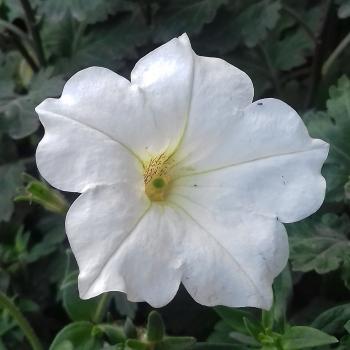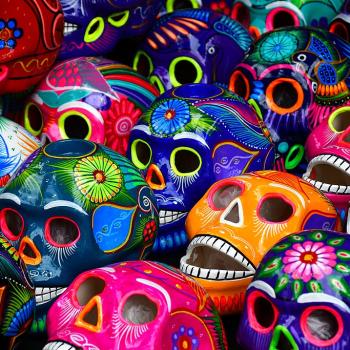just a touch late for Columbus Day:
Few art forms are as self-consciously nostalgic as the platinum photograph. The Instagram filter of its day, platinum printing was used at the end of the 19th century to convey a stylized, distant past. The velvety blacks and glowing whites could make an image’s textures feel soft and enclosed, liquid, no longer entirely real.
Some of the most famous images of American Indians were made using this process. If you picture a stern or mournful Native American in a war bonnet or a fringed dress, you are probably thinking of a platinum photo like those taken by Edward S. Curtis. These portraits depicted American Indians as solemn exotic—Tolkienesque bearers of ancient wisdom. Curtis’s work offers more variety than this caricature would suggest; his portraits are often arresting, and his subjects show a wide range of expressions, not just wistfulness and woe. But he came to represent a school of portraiture in which Native Americans are already vanishing; warriors and medicine men drift off into the Happy Hunting Ground without any aggression on the part of white folk. (Curtis doctored several of his photographs to remove imported technology like parasols and clocks.)
“Indelible: The Platinum Photographs of Larry McNeil and Will Wilson,” an exhibit at the National Museum of the American Indian (on display through January 15, 2015), confronts and satirizes the clichés of “white people photographing Indians.” McNeil, who is Tlingit/Nisgaá, was born in 1955 and raised in Alaska, with both white and Native family members. He currently teaches photography at Boise State University. Wilson (Diné/Bilagaana) is about a decade younger, raised in the Navajo Nation; he’s an artist-in-residence at the School for Advanced Research. The very first photo embodies the show’s argument: In McNeil’s “Real Indians” (1977), a slender, long-haired, mustached man in jeans and a denim jacket leans against a rustbucket car, parked under a faded sign proclaiming a weatherbeaten building a “MOST INTERESTING SPOT… where REAL INDIANS trade.” The sign promised passersby an exotic adventure; the real guy, wry and self-possessed, isn’t promising you, the viewer, a damn thing.











